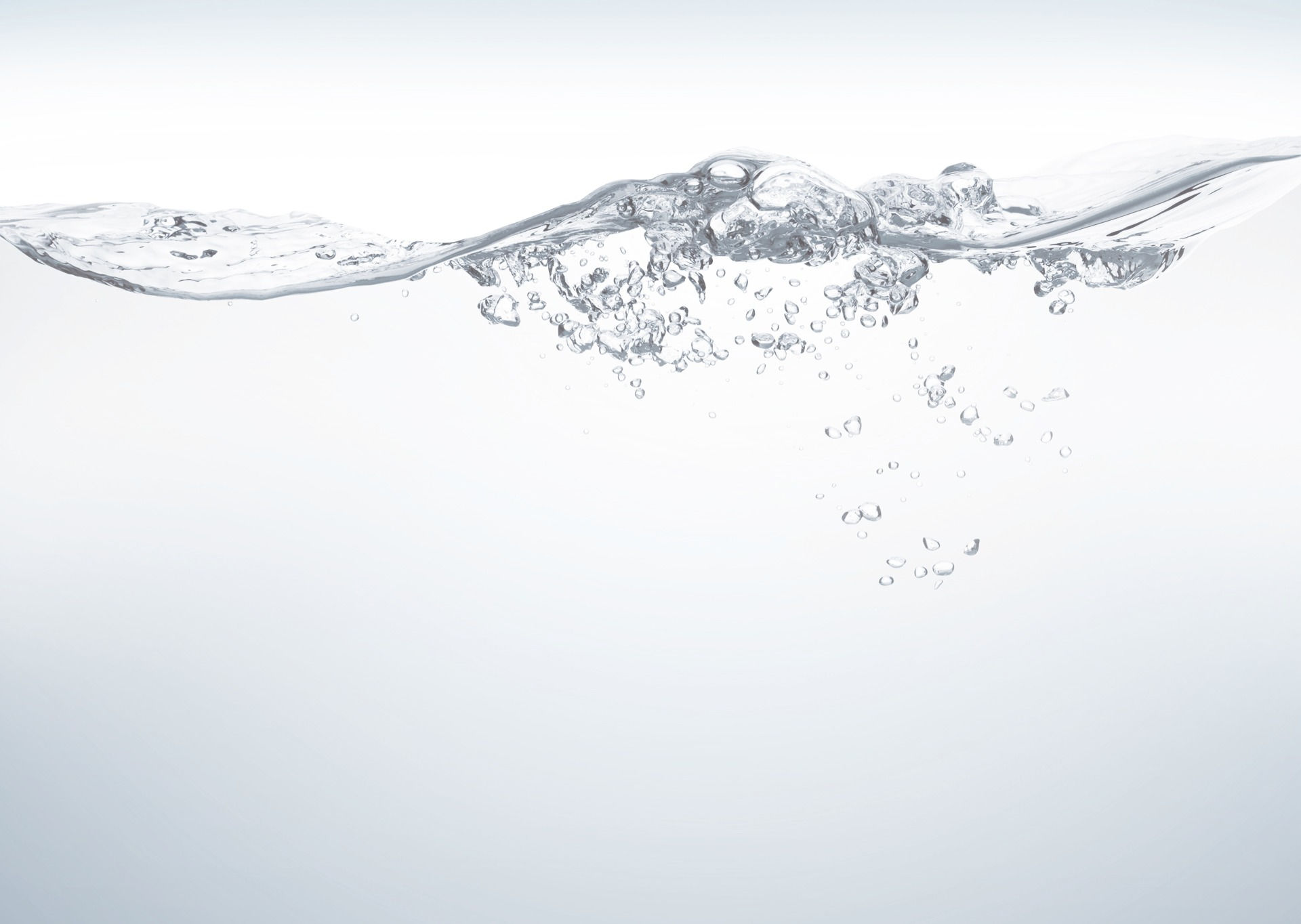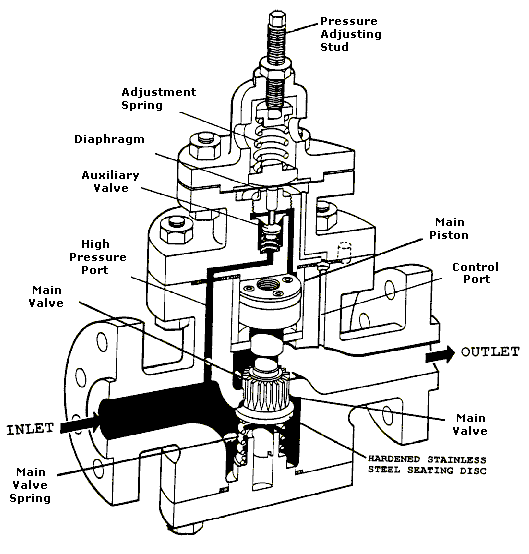
The Concept
History of Hydropower
Society has used water as a means of power for thousands of years.
Waterwheels were widely used through the Middle Ages to grind grain and during the Industrial Revolution to provide mechanical power to factories. The first hydroelectric power scheme was developed in 1878 in Northumberland, England and water powered hydro schemes have been the world’s primary source of renewable since. (1,2) Although there is ongoing rapid growth in other areas or renewable energy, hydroelectric schemes still produce more electricity worldwide than all other renewable sources combined, with the five largest power stations in the world all powered by water. (3,4)
Scotland has 85% of the UK’s total hydroelectric resource with an installed capacity of 1.5GW and in recent years, the growth of hydroelectric power in Scotland has been through small scale schemes. The potential for hydropower is dependent on the geography of a location and much of Scotland’s large and even small hydro scheme potential is already being exploited. (5,6) But there are still new opportunities to harness the power of water, particularly with mini, micro and pico scale hydropower schemes, but this requires new ways of thinking.

Scottish Water and the Power of Water
Considering our case study of Scottish Water, they move huge volumes of water, treating and delivering 1.4 billion litres of drinking water daily from reservoirs across the country. These reservoirs located in the hills and mountains allow Scottish Water to make use of gravity to deliver water to its customers with a lower carbon intensity than other water utilities in the UK. (7)
At many of Scottish Water’s water treatment works (WTW) water is fed into the plant by gravity. At 9 of their sites raw water entering the plant provides electricity through hydro turbines offsetting much of the energy required at the sites. These sites have an installed capacity of 3.9MW with an example being Glencorse WTW where a 394kW hydro scheme provides 91% of the site’s electricity demand. (8)

The treated water is then either delivered directly to customers or first sent to a storage facility. At these storage facilities the power of the water is again often harnessed, with an example being Firhill water storage facility, a site capable of storing 18 million litres of drinking water, with this drinking water powering a 150kW hydro scheme producing 860MWh of electricity annually. (9)
Leaving either from the WTW or a storage facility, water is delivered to customers again largely through gravity utilising the potential energy within the water, minimising the need for energy intensive pumping. Scottish Water are able to make use of much of the energy in the water within their network in a number of different ways, but are there more ways to further exploit this energy and for Scottish Water and other water utilities with favourable geographic conditions to fully harness the power of water?
Pressure Reducing Valves
When using a gravity fed distribution network to deliver water significant pressure can build with each 10m of dropped height increasing the pressure by 1 bar. This pressure must be managed to prevent damage to the network and properties. This is currently typically achieved through the use of pressure reducing valves (PRVs).
Scottish Water has over 4500 of these PRVs located throughout their network at rural and city sites ranging in size from 40mm to 600mm. They are relatively simple mechanical devices that typically make use of a spring and a diaphragm dropping the pressure within the water to a desired level creating a fairly consistent downstream pressure irrespective of the upstream pressure, protecting the network and properties from damage which can result in leaks and expensive repairs. (10,11) Whereas the WTW and the storage facilities make use of the pressure of the water to generate electricity, PRVs do not and the energy within the water is simply dissipated as heat and noise. Could this energy be captured and harnessed?
In recent years there has been increasing development of micro and pico hydro systems to fully harness the power of water and recovery energy in new and innovative ways. One of these ways is recovering energy from the drinking water network, harnessing the energy currently dissipated through these PRVs. (12) Research into this concept of energy recovery from the water network is growing. Across Europe there is thought to be a potential 2GW of capacity for systems making use of this energy and there are several different methods and a number of turbine types and design configurations that can be employed. (13)


Configuration
At PRV sites a turbine can be used to drop the pressure of the water, either wholly or partly, rather than a PRV in which case there is an opportunity to capture energy that is currently dissipated. (14) The water network is a piece of critical infrastructure and so a certain level of supply security and redundancy must be included when looking to recover energy. The most commonly used configuration for energy recovery is a turbine placed in parallel with the PRV, this gives a degree of security in the case of failure of the turbine as the parallel branch can be bypassed and the PRV used as before, and it allows the PRV to be used to protect the turbine if there are extreme flow conditions.
An alternative is to place a turbine upstream of the PRV. This would still operate in a parallel branch giving security to the water supply in case of turbine failure, but the water would generally pass through both the turbine and the PRV. The turbine would break the pressure of the water and extract some of the energy, less than in the parallel configuration, with the PRV continuing the same role as before ensuring the desired pressure is achieved downstream. A consistent flow of water could be designed to flow through this parallel bypass, and this could help alleviate issues associated with pressure transients from turbine start up and shut down.
There are also other possible configurations such as a turbine completely in line with the PRV with no bypass loop which is used when implementing the LucidPipe design, and even the possibility of completely removing the PRV and solely using a turbine to drop and maintain pressure within the network. This last option however carries significant risk to the water network as it becomes a critical component within the water network making it an unappealing option to water utilities who will always prioritise maintaining a water supply to their customers.
The most common configuration is a turbine placed in parallel to the PRV and the two most common turbines then implemented in this configuration are Francis turbines and pump-as-turbines (PATs).

